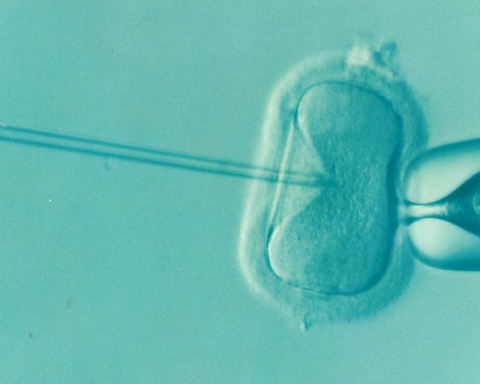Nanosuspensions are submicron colloidal dispersions of nano sized drug particles stabilized by surfactants. Nanosuspensions consist of the poorly water-soluble drug without any matrix material suspended in dispersion. These can be used to enhance the solubility of drugs that are poorly soluble in water as well as lipid media. As a result of increased solubility, the rate of flooding of the active compound increases and the maximum plasma level is reached faster.
This approach is useful for molecules with poor solubility, poor permeability, or both, which poses a significant challenge for the formulators. The reduced particle size renders the possibility of intravenous administration of poorly soluble drugs without any blockade of the blood capillaries. The suspensions can also be lyophilized and into a solid matrix. To produce nanosuspensions, the drug powder is dispersed in an aqueous surfactant solution by high speed stirring.
[wp_ad_camp_4]Nanosuspensions differ from nanoparticles, which are polymeric colloidal carriers of drugs (Nanospheres and nanocapsules), and from solid-lipid nanoparticles (SLN), which are lipidic carriers of drug.
Preparing nanosuspensions is preferred for the compounds that are insoluble in water (but are soluble in oil). Conventionally the drugs that are insoluble in water but soluble in oil phase system are formulated in liposome, emulsion systems but these lipidic formulation approaches are not applicable to all drugs. In these cases nanosuspensions are preferred. In case of drugs that are insoluble in both water and in organic media instead of using lipidic systems nanosuspensions are used as a formulation approach. Nanosuspension formulation approach is most suitable for the compounds with high melting point and high dose.
Example: One successful formulation of Nanosuspension is Itraconazole nanosuspension for oral delivery.
There are some advantages of Nanosuspension which include
- Enhance the solubility and bioavailability of drugs
- Suitable for hydrophilic drugs
- Higher drug loading can be achieved
- Dose reduction is possible
- Enhance the physical and chemical stability of drugs
- Provides a passive drug targeting
In contrast, Nanosuspension also has few limitations include
- Preprocessing like micronization of drug is required.
- High cost instruments are required that increases the cost of dosage form.
Further Reading: External Links
[wp_ad_camp_1]





